For pet owners, particularly those with cats, hairball control is a constant concern. As our feline friends groom themselves, they inevitably ingest loose fur, which can accumulate in their digestive tracts and form troublesome hairballs. While occasional hairballs are normal, frequent occurrences may indicate a need for dietary intervention. This has led to a booming market of hairball control products, each promising to alleviate this common feline issue. But how do these products actually work, and which might be best suited for your pet?
The concept behind hairball remedies is relatively straightforward. These products aim to either help the ingested fur pass through the digestive system more smoothly or to reduce the amount of fur being swallowed during grooming. The approaches vary significantly between different formulations, from petroleum-based lubricants to fiber-rich supplements and specialized diets. Understanding these differences is crucial for pet owners looking to make an informed choice for their furry companions.
Traditional petroleum-based hairball remedies have been the go-to solution for decades. These thick, sticky pastes typically contain mineral oil or white petroleum as their active ingredients. When administered regularly, they coat the digestive tract, helping hair move through the system rather than clumping into balls. While effective for many cats, some pet owners have concerns about the long-term use of petroleum derivatives in their pets' bodies. Additionally, the administration process can be challenging with finicky felines who dislike the texture or taste of these products.
Fiber-based solutions have gained popularity as a more natural alternative to traditional remedies. These products, often in powder or treat form, contain soluble fibers like psyllium or cellulose that work by adding bulk to the stool, helping to move hair through the digestive tract. Some formulations include additional digestive enzymes or probiotics to support overall gut health. The advantage of fiber supplements is their dual function - they not only address hairballs but can also contribute to better digestive regularity. However, effectiveness can vary depending on the individual cat's metabolism and existing diet.
Specialized hairball control diets represent another approach to managing this common feline issue. Many premium pet food brands now offer formulas specifically designed to minimize hairball formation. These typically incorporate a blend of increased fiber content, specific fat levels, and sometimes added lubricants to facilitate hair passage. The convenience of addressing hairballs through regular meals makes these diets appealing to many owners. However, transitioning a cat to a new food can be challenging, and some pets may not tolerate the formula as well as others.
The grooming supplement market has introduced an innovative approach to hairball prevention - products that aim to reduce the amount of hair ingested in the first place. These supplements, often containing omega fatty acids and biotin, work by improving coat health to minimize excessive shedding and loose fur. When combined with regular brushing, this approach can significantly decrease the hair available for ingestion during grooming. While not a direct treatment for existing hairballs, this preventive strategy appeals to owners seeking more holistic solutions.
When evaluating hairball products, pet owners should consider several factors beyond just effectiveness. Palatability is crucial - the best product in the world won't help if the cat refuses to consume it. Ease of administration also matters, especially for owners of multiple cats or particularly stubborn felines. The product's compatibility with the cat's existing diet and health status should be evaluated, particularly for cats with sensitive stomachs or other medical conditions. Consulting with a veterinarian can help identify any underlying issues contributing to excessive hairball formation.
The frequency of hairball episodes should guide product selection. Cats with occasional hairballs might benefit from intermittent use of lubricant pastes or fiber supplements, while chronic sufferers may require daily preventive measures through specialized diets or regular supplements. Multi-cat households might find certain approaches more practical than others, depending on whether all cats require intervention or just specific individuals. Environmental factors like seasonal shedding patterns should also be considered when choosing and using hairball products.
Cost and value represent important practical considerations. While some premium hairball solutions carry higher price tags, their effectiveness might justify the expense by reducing vet visits or cleaning time. Conversely, some affordable options may work perfectly well for certain cats. The true cost includes not just the product price but also the time and effort required for administration and any potential waste from rejected products.
Emerging trends in the pet supplement market have introduced novel ingredients to hairball control formulations. Some newer products incorporate pumpkin seed fiber, slippery elm, or marshmallow root - traditional remedies now gaining scientific validation. Others include prebiotics and probiotics to support gut microbiome health as part of a comprehensive approach to hairball management. These innovations provide pet owners with an expanding array of options to address their cats' specific needs and preferences.
Behavioral approaches complement product use in comprehensive hairball management. Regular brushing remains one of the most effective ways to reduce the amount of loose hair available for ingestion. Creating a low-stress environment can minimize excessive grooming behaviors that contribute to hairball formation. Hydration support, through wet food or water fountains, helps maintain digestive health and hair passage. These non-product strategies can enhance the effectiveness of any chosen hairball remedy.
Monitoring a cat's response to any hairball product is essential. While most commercial products are safe when used as directed, individual sensitivities can occur. Signs of improvement should include reduced frequency of hairball episodes, normal appetite and elimination patterns, and overall comfort. Conversely, persistent vomiting, constipation, or appetite changes warrant veterinary attention, as they may indicate that the chosen product isn't suitable or that an underlying health issue exists.
The hairball product market continues to evolve as pet nutrition science advances and consumer preferences shift toward more natural solutions. What hasn't changed is the importance of addressing this common feline issue to maintain pet comfort and prevent potential complications. By understanding the available options and their mechanisms of action, pet owners can make choices that align with their cats' needs and their own care philosophies. The ideal solution often involves some experimentation to find what works best for both pet and owner.

By /Jul 31, 2025

By /Jul 31, 2025

By /Jul 31, 2025

By /Jul 31, 2025

By /Jul 31, 2025

By /Jul 31, 2025

By /Jul 31, 2025

By /Jul 31, 2025

By /Jul 31, 2025

By /Jul 31, 2025
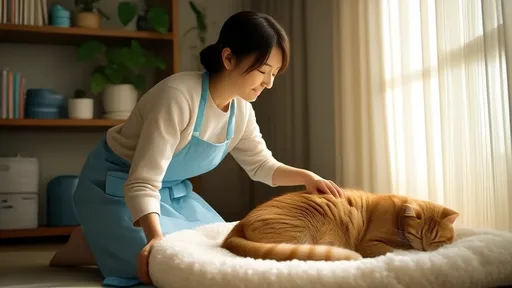
By /Jul 31, 2025
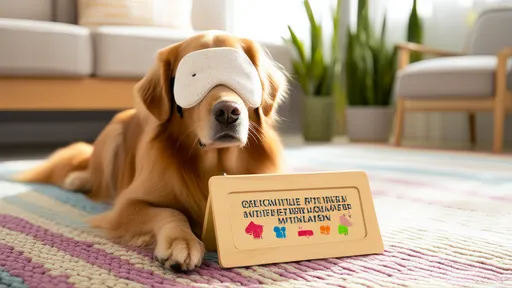
By /Jul 31, 2025

By /Jul 31, 2025
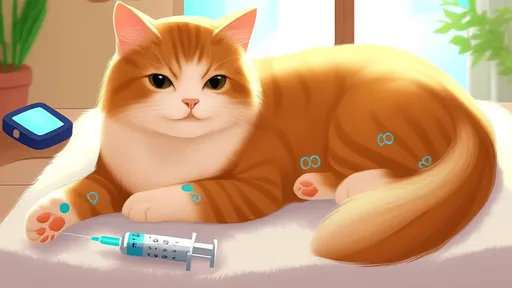
By /Jul 31, 2025

By /Jul 31, 2025
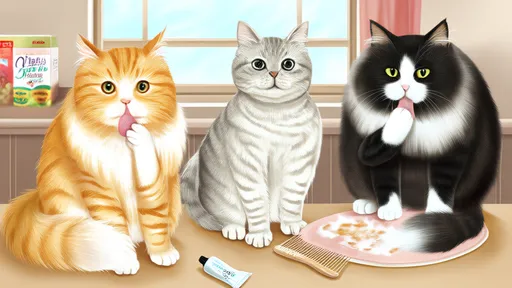
By /Jul 31, 2025
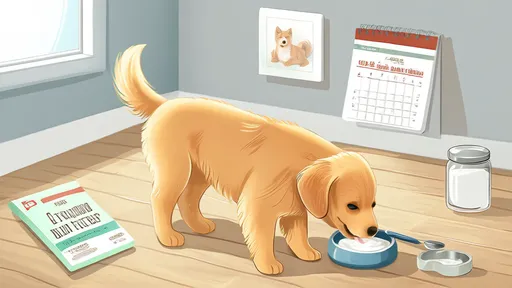
By /Jul 31, 2025
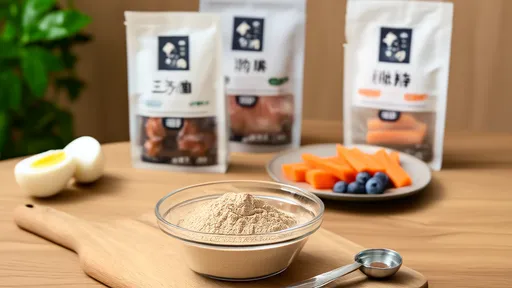
By /Jul 31, 2025
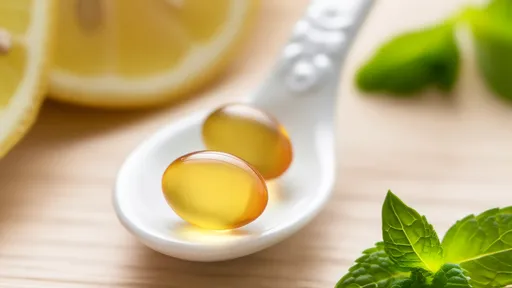
By /Jul 31, 2025
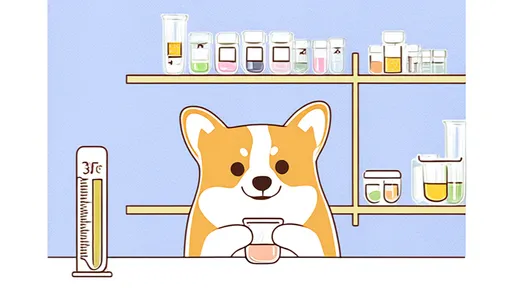
By /Jul 31, 2025